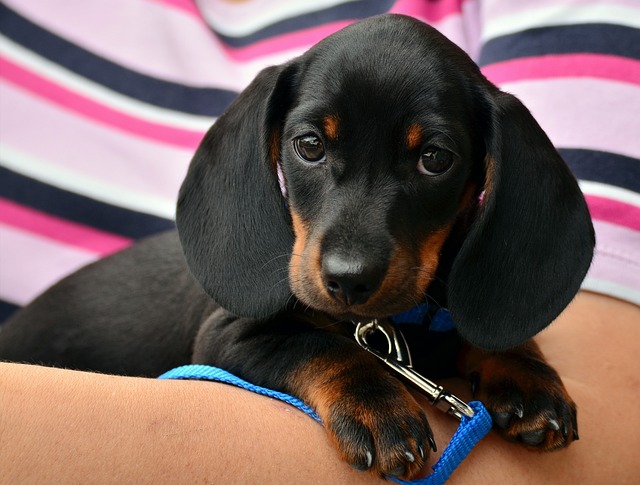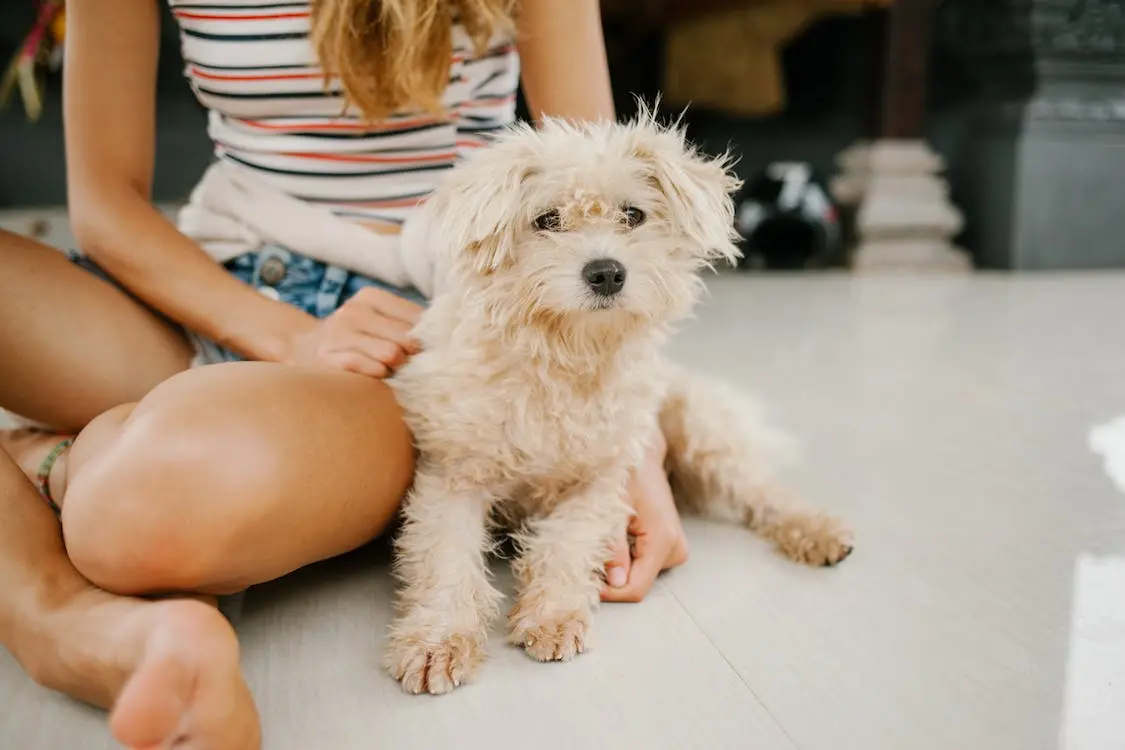Get on top of house training so you don’t have an intractable problem on your hands
(This is of utmost importance when dealing with smaller dogs, since they can be more difficult to teach than larger dogs, in part because their owners tend to give them more leeway.)
Housetraining is all about being watchful; if you eliminate any potential for “accidents,” your new puppy will pick up on the acceptable way to eliminate much more quickly.
There will invariably be slip-ups, but if you can reduce the number of them, there will be less confusion about where it is OK to use the restroom. The maintenance of a schedule is essential to achievement; by following a plan, you can anticipate when your puppy will need to “go.” Take, for example: Is your dog starting to wake up? Get her out of the house as quickly as possible so she can use the restroom.
- 10 Most Sociable Dog Breeds
- 7 Types of Yorkie Breeds
- 10 Happiest Dog Breeds
- Dogs That Look Like Wolves
Is she full from her meal? Ditto. Never let your puppy out of your sight unattended while they are still young. If you are willing to put in the initial time and effort, housetraining your puppy will go much more smoothly.
Reward behaviour you like—and be aware if you’re inadvertently rewarding behaviour you don’t

Even negative attention is attention and can therefore enforce actions you don’t like. If your dog jumps up, consider just ignoring her and then diverting her rather than dealing with her.
If she’s seeking attention by jumping up and you respond by yelling her name and pushing her down, she just got what she was searching for!
Build confidence
A confident, well-adjusted dog is a relaxed happy dog. Many “bad” behavior have their basis in fear, not hostility. Remember that your dog is constantly reading you and replicating your emotional response, so if you want your dog to be more comfortable with huge dogs, for example, mentor that. If you’re nervous, your dog will be too
Get out there!
A puppy’s essential socialization window takes place from birth until roughly 12 to 16 weeks of age. This means from the moment you bring your new puppy home (usually 8 – 12 weeks of age; earlier is not better as there are lessons your pup needs to learn from her mom and littermates), it’s absolutely crucial that you expose your dog to positive experiences with other dogs, different people, places, and sounds.
- 10 Most Sociable Dog Breeds
- 7 Types of Yorkie Breeds
- 10 Happiest Dog Breeds
- Dogs That Look Like Wolves
Get your dog used to her a travel crate
Thus if you need to utilize one in the future (vacation, a trip to the vet), she will peacefully settle down in there, making both of your lives much less stressful. When Modern Dog’s Esther, a Miniature Dachshund, sees a carrier come out, she scratches at it until someone lets her get inside because she was taught to enjoy carriers as a pup. (Treats and blankets are never a bad idea.)
Lay the groundwork

It’s crucial your dog knows—and knows well—basic commands. Having a good “come” command in place can prove a life saver in an emergency. And ordinary manners, the kind that make living together pleasant, are just as vital.
A dog that’s sitting, for example, can’t jump up. Practice everyday. A five minute practice session every single day (with rewards!) not only keeps skills fresh in your dog’s mind, but is a terrific bonding time.
Timing is everything
You need to make sure that you give your dog a treat as soon as she completes a task successfully in order for her to make the connection between the command (in this case, “sit”) and the reward.
In the same vein, reprimanding your dog over a puddle that you find on the floor is not going to solve the problem. If you don’t manage to catch her in the act, she will have no clue what is making you so upset.
Spend as much time with your new pup as possible
Dogs are sociable animals and, as such, need to be with their people. You want to lay the foundation for a solid, enduring bond. Teach your pup what you like and make it entertaining! (Think lots of tiny tasty treats.)
Consistency, consistency, consistency

Set consistent rules so your dog knows what to anticipate. Don’t want your dog on the couch? Then never let her up on the couch! Sounds fundamental but many owners create exceptions to rules, leaving their dogs puzzled.
- World’s Most Obedient Dog Breeds
- World’s Least Obedient Dog Breeds
- Top 10 High-Jumping Hounds
- Meet the Fastest Dog Breeds in the World
- The 5 Different Types of Pit Bull Dog Breeds
Don’t allow resource guarding to start
Put your dog’s dish down, let her eat a bit, then take it away. Put a little extra bite of something tasty in then give it back to her. Repeat. Work on being able to handle what your dog appreciates without her guarding it.
Remember that your dog inherently wants to please you
Remember that your dog innately wants to please you. Give her the tools to do so. And have fun together!

